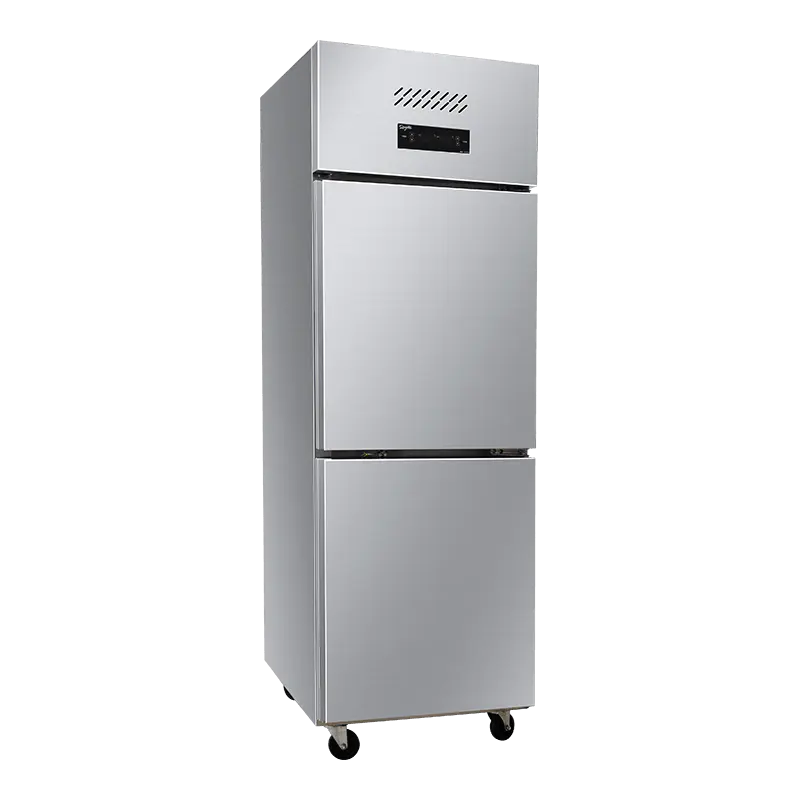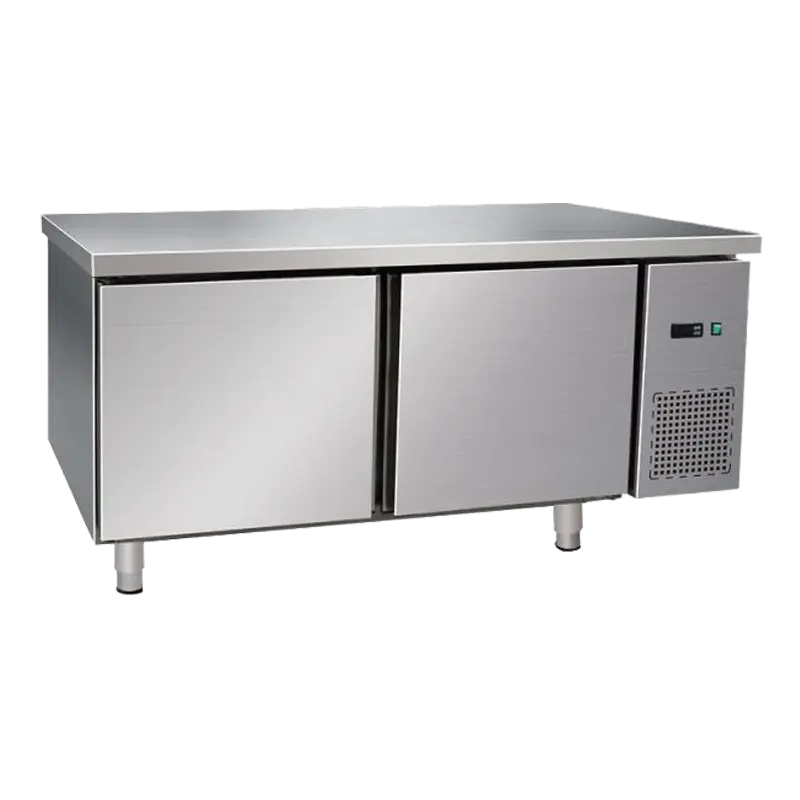The refrigerator, an indispensable appliance in modern homes, is often taken for granted. It humbly sits in our kitchens, keeping food fresh, preserving leftovers, and allowing us to store an array of ingredients. But what if we told you that the fridge has a fascinating history, full of quirky details, technological breakthroughs, and interesting tidbits? Let's take a deeper dive into the world of refrigerators and uncover some fun and surprising facts.
1. The Refrigerator's Origins: From Ice Boxes to Modern Marvels
The refrigerator, in its earliest form, didn’t actually cool with technology as we know it today. Instead, it relied on ice. Iceboxes, first developed in the 19th century, were used to store blocks of ice that kept food cool. Before the advent of refrigeration, people would have to buy large blocks of ice regularly, especially in warmer months.
The first mechanical refrigerator was invented by Carl von Linde, a German engineer, in 1876. He created the ammonia-based refrigeration cycle, a groundbreaking advancement that eventually led to the home refrigerator.
Interestingly, the term "fridge" comes from the brand Frigidaire, which became synonymous with refrigeration in the 20th century, much like "Kleenex" for tissues.
2. The Refrigerator's Impact on Food Culture
Refrigeration revolutionized food preservation. Before refrigerators, preserving food meant relying on methods like canning, salting, smoking, and drying. People had to plan their meals around what was immediately available, which made fresh, year-round produce a luxury.
Once refrigeration became widespread in the early 20th century, food storage became easier and more diverse. Perishables like dairy, meats, and fruits could be kept fresh longer, drastically improving diet variety. Additionally, refrigeration allowed supermarkets to expand their inventories, giving consumers access to a broader selection of food.
3. The First Refrigerator Ad Came from a Common Household Item
Did you know that the first refrigerator ad was tied to a refrigerator's relationship with… a baby carriage? A company called "Herschel" (in 1912) created an ad where their refrigerator model was promoted for its cool, even temperature, just like the insulated environment of a baby carriage.
This led to an interesting cultural shift where refrigerators were marketed as a tool that improved not only food preservation but also family life—promoting the image of home comfort and care.
4. The "Icebox" and Its Fascinating History
Iceboxes were the predecessors to refrigerators, and their design was surprisingly sophisticated. These early versions were insulated boxes where a chunk of ice was placed to keep food cool. The most common materials used for insulation were zinc, wood, or a variety of other metals.
These early iceboxes would often have small compartments for fresh food, and some even came with a removable tray to catch the melting water from the ice. Some homes even had a "cool cellar"—a naturally cool room built into the foundation of the house.
5. The Super Cold Inside: Temperature Facts
The inside temperature of a typical refrigerator is usually between 34°F and 40°F (1°C and 4°C), which helps slow down bacterial growth. However, there are some surprising facts about fridge temperatures:
Frost-free refrigerators: Modern refrigerators with frost-free technology help maintain even temperatures throughout the unit by periodically circulating warm air to prevent ice buildup. However, the downside is that they can sometimes be less energy-efficient.
The freezer: Freezers are typically set at 0°F (-18°C), which is much colder than the fridge compartment. The freezing point of water is 32°F (0°C), but this lower temperature helps preserve food for much longer periods by halting the growth of bacteria.
6. The Effect of Refrigeration on Global Trade
The invention of refrigeration also had a profound impact on global trade. Before refrigeration, food could not be easily transported across vast distances without spoiling. The advent of refrigerated ships (or “reefer ships”) in the early 20th century allowed countries to exchange perishable goods, such as fruits, meats, and dairy, all around the globe.
This change fundamentally shifted the dynamics of the global food market and played a crucial role in the globalization of agriculture and commerce. One example: New Zealand became famous for exporting lamb and dairy products worldwide, thanks to its refrigerated shipping containers.
7. Refrigerators as an Environmental Challenge
As modern refrigerators become more energy-efficient, they have also become an environmental concern. Early refrigerators, such as those using CFCs (chlorofluorocarbons), contributed to the depletion of the ozone layer. However, newer fridges now use more eco-friendly refrigerants, like hydrofluoroolefins (HFOs), to reduce their environmental impact.
Interestingly, the energy efficiency of refrigerators has drastically improved since the 1970s. Today’s models consume less energy and are better insulated, which reduces their carbon footprint while saving consumers money on their electric bills.
8. Fun Facts: Your Fridge Is More Than Just a Cold Space
Your fridge is home to a complex ecosystem: Bacteria naturally grow inside your fridge, especially in moist areas. However, the cool temperature slows bacterial growth, which is why refrigeration prevents food from spoiling.
The fridge door is the warmest place: Most people store items like milk and condiments in the fridge door, but this is actually the warmest spot in your fridge due to frequent opening and closing. Best to store those items on the middle or top shelves.
Refrigerators can improve your health: While the fridge is all about food storage, it can also play a role in your wellness. Many medical items, such as insulin, vaccines, and certain medications, need to be refrigerated to maintain their effectiveness.
9. The Largest Fridge in the World
If you think your fridge is big, think again. The largest fridge in the world is the "Cryogenic Food Freezer" located in Fairbanks, Alaska, designed to store frozen foods like fish, meat, and vegetables on an industrial scale. It can hold over 20,000 tons of frozen goods, making it a far cry from the humble family fridge we know!
10. The Fridge's Influence on Popular Culture
In popular culture, refrigerators have often been symbolic of comfort and home life. They appear in countless sitcoms, dramas, and movies as a backdrop for family gatherings, late-night snacks, and even dramatic moments. Think of "Friends", where Monica’s fridge was a symbol of her obsessive nature, or "Breaking Bad", where Walter White’s refrigerator becomes a tense symbol of his criminal life.
Refrigerators have become a metaphor for stability, domesticity, and even mystery.
Conclusion: The Unsung Hero of Modern Kitchens
The refrigerator is so much more than a simple appliance—it is a symbol of innovation, a cultural icon, and a game-changer in our everyday lives. From its origins as an icebox to its role in global commerce, the fridge has quietly influenced the way we live, eat, and even socialize.
As we continue to evolve in our relationship with technology and sustainability, the refrigerator will likely continue to evolve with us, becoming more efficient and environmentally friendly while still remaining one of the most essential tools in our kitchens. Next time you reach for that midnight snack, take a moment to appreciate this everyday wonder!


 English
English русский
русский Español
Español عربى
عربى













